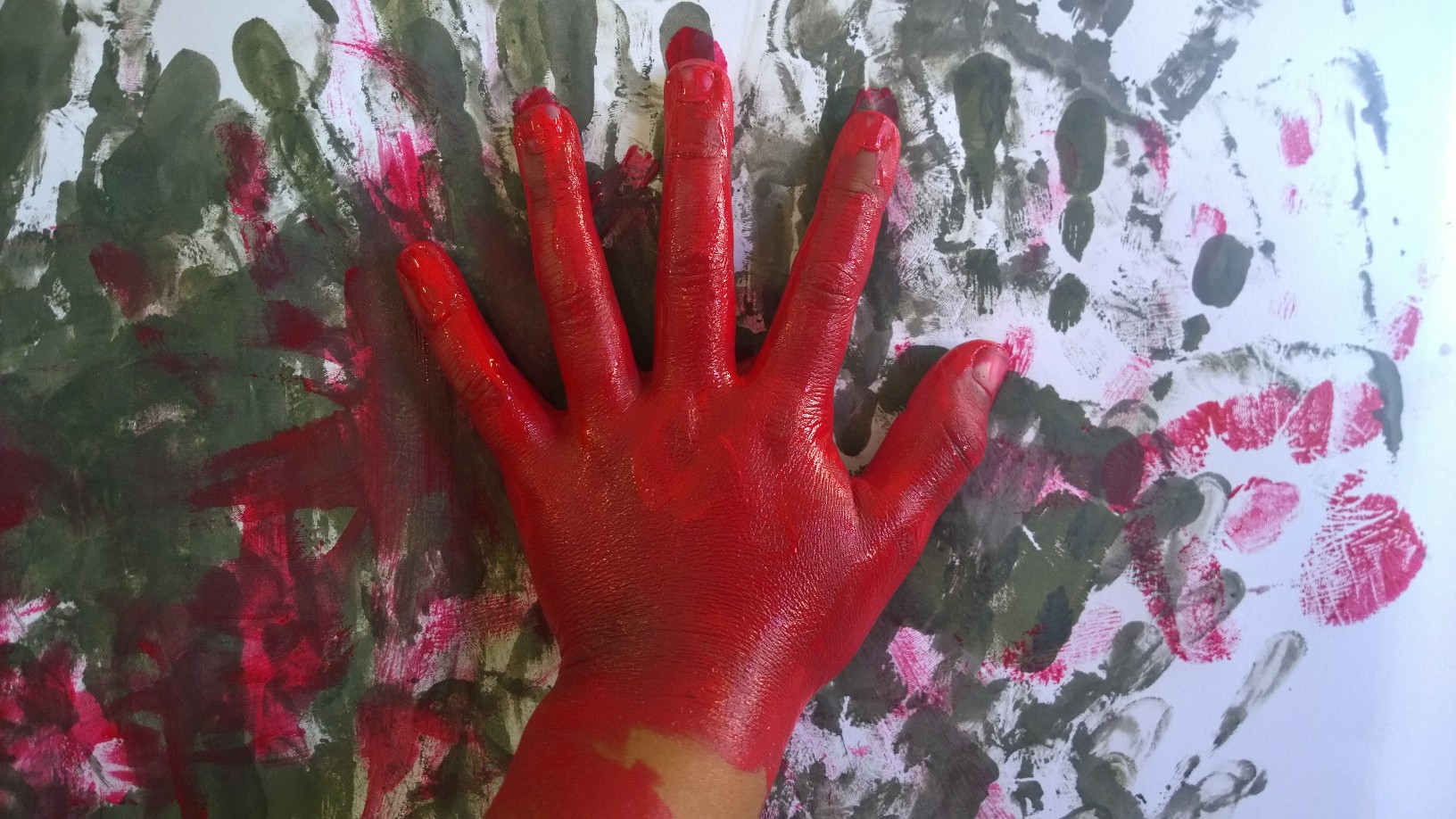Where we were born, how we were raised, and the experiences of our early lives all inform the narrative we maintain and develop about ourselves. Hopefully, the narrative of our lives is loaded with experiences of love and associated positive experiences. Love that is experienced not only as an emotion, but as positive and constructive actions. Love in action, such as the unbroken legacy passed down through the family of the successful raising of children. Or on a wider scale, experiences of solutions to problems of disease or governance. Perhaps we could have also experienced love’s cousin, beauty, as seen in the natural world. The wonder of the universe, the complexity of our ecological systems. For me, that particular grassy dryness and illogical forms on the Australian river flats where I grew up, or when afternoons would drift by with little to distract me from seeing the light change or noting the breeze on my skin.

Undoubtedly, we also experience limits in our lives. These are unique to each of us. Each of us struggles at some level with something that seems to cast a shadow over how we live life now. I won’t pretend that we can instantly wipe away these experiences; in many cases it requires much care which at its base has love, for healing to occur.
Because we require a stable, predictable image of the world with which to engage, we tend to project our little bucket of experiences out on to every scenario that we encounter. If we have had a negative experience in a particular relationship with a parent, we are often wired to expect that some of those elements are present in our adult relationships until ‘loved’ otherwise. Often the expectation of the negative will cause us to act in particular ways that are in themselves defensive and negative. Then the cycle continues, contaminating our relationships. This form of negative expectation is very different from the optimism which I would want to see in our children. So, what is the difference between a negative expectation and optimism?
A negative expectation assumes that everything will stay the same as has been experienced. A negative expectation can infect our entire outlook because not only is it destroying the real image of the world we encounter, it also destroys possibility. Have you ever noticed that a truly positive and engaging person is open to change, but a deeply damaged person often can only see things the way they are seeing them? It is as if possibility and therefore hope have been shut down. If we don’t have possibility, then what can we hope for?
Hope emerges from a world view that embraces the possible. Hope is usually closely aligned with experiences of love (the good), because possibility alone can go either way; positive or negative. Hope that embraces love, aspires to that which is better. I see creativity as closely aligned with this idea of hope. Admittedly, creativity like possibility is not always for the good as demonstrated by some aspects of our military history, but when bound with a love based hope, creativity seeks and acts for the good.
When we encounter, or recall negative experiences, I think the greatest challenge we face is not to let that experience become the template with which see the rest of the world. By maintaining a sense of possibility, a sense of hope, we enable ourselves to act, to seek a solution in an act of creativity. This is not a false hope or positive thinking. The real falsity lay in the belief that things cannot change based on a handful of negative experiences. By contrast, possibility, which is real, calls us on to creativity. This is the quality I want to see in our children; a resilience that drives them to constantly seek creative solutions no matter how great the challenge they face.
Written by Marco Corsini

